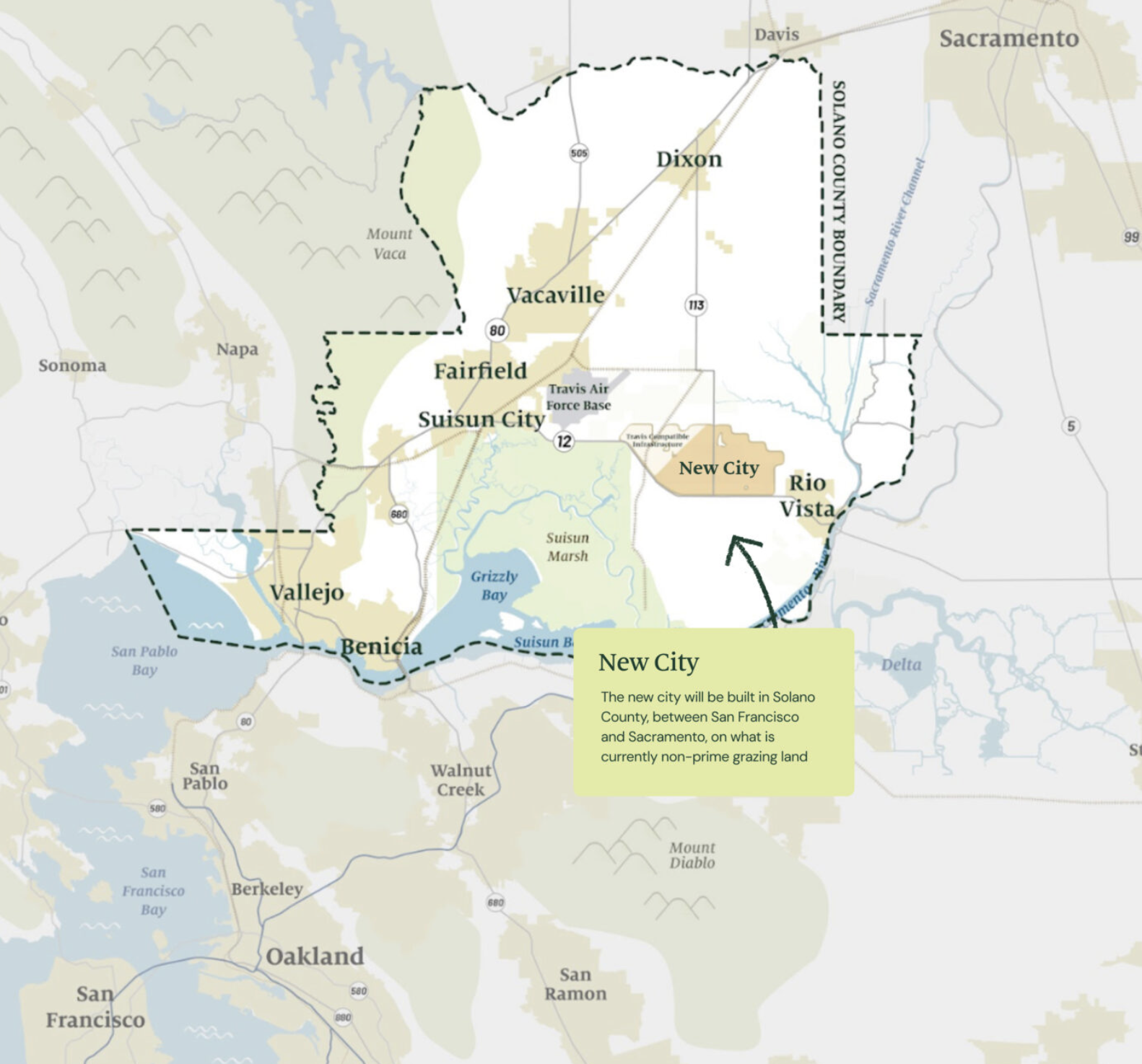ARES Urbanexus Update #178
The American Real Estate Society (ARES) distributes this periodic newsletter, which features real estate-related news and information curated by H. Pike Oliver.
Raymond Craib’s early warning about California Forever
In September 2023, historian Raymond B. Craib offered what can best be described as a scholarly “uninformed” warning about the California Forever proposal
Pro‑democracy media voices in the USA
A diverse chorus of historians, veterans, analysts, and strategists is shaping a multifaceted defense of democracy in 2025.
Cyril Roseman
Founder of the Urban Studies Program (now Urban Studies & Plannning) at San Francisco State College (now University) in 1966
ARES Urbanexus Update #177
The American Real Estate Society (ARES) distributes this periodic newsletter, which features real estate-related news and information curated by H. Pike Oliver.
Mannheim and the network state
Man and Society in an Age of Reconstruction was published in 1940. Today, it reads like a prescient framework for examining our fractured society in the USA.
California Forever’s pivot
From stealth assemblage to Suisun City annexation submission — and the road ahead
Two U.S. District Court decisions
Two significant U.S. District Court decisions were handed down in the first week of September 2025. One concerns the use of the U.S. military for domestic policing. The other ruling addressed the revocation of federal research grant funding from a university.
ARES Urbanexus Update #176
The American Real Estate Society (ARES) distributes this periodic newsletter, which features real estate-related news and information curated by H. Pike Oliver.
California Forever update
California Forever has revised and reprioritized its plans for a large-scale master-planned development located approximately 55 miles northeast of San Francisco and 40 miles southwest of downtown Sacramento.
ARES Urbanexus Update #175
The American Real Estate Society (ARES) distributes this periodic newsletter, which features real estate-related news and information curated by H. Pike Oliver.
NOTE: Due to summer travel the next issue will be available in September 2025.
Latest Posts

The American Real Estate Society (ARES) distributes this periodic newsletter, which features real estate-related news and information curated by H. Pike Oliver.











